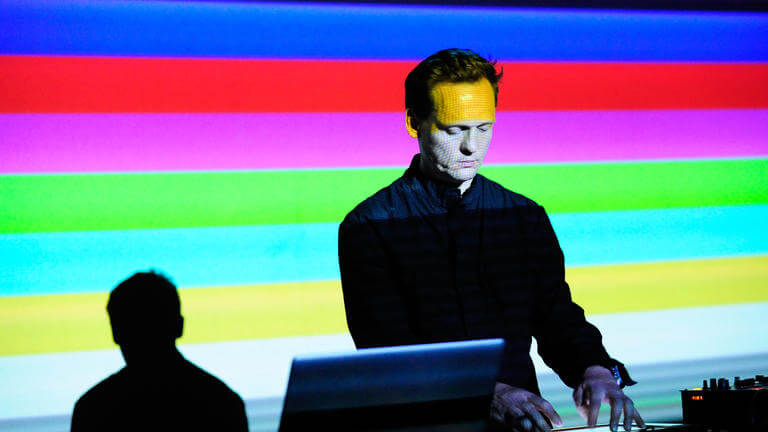Text by CLOT Magazine

My definition of beauty is something very simple, which can express something very complex. There’s no better way to define Carsten Nicolai’s work as one of the most significant figures in experimental minimalism, both in electronic music and visual art.
Either under his moniker Alva Noto or his own name, his projects have become more and more focused on the interconnectedness of sound and technology alongside his career, blurring the distinction between sound, art, technology and science.
Alva Noto is returning to the UK shores on 4th March, presenting his new show UNIEQAV at the Barbican, London. The show precedes the launch of Alva Noto’s new album, with the same name, UNIEQAV, in March. This publication is the third instalment in his Uni series, which “began when Alva Noto was booked to play live at the club UNIT in Tokyo and had to adapt his sound accordingly for that environment”, following Unitxt and Universe.
Alva Noto’s experiments with sound sculpture (the Xerox series, which he did use a Xerox printer, is one of his most famous) have extensively been documented on his record label, NOTON (recently split from Raster), where he delves into electronic sound to dissect its microscopic composition.
It looks like the acclaimed German composer has been busy in the last few months. In December, he announced a new album, Glass, with one of his regular collaborators, Ryuichi Sakamoto. A live improvisational album created with maestro Ryuichi Sakamoto will be released in February, while NOTON is releasing a 2002 recording of a live set featuring himself, Ryoji Ikeda (another of his regular collaborators) and Mika Vainio and UNIEQAV in March.
Support comes from the French sound poet Anne-James Chaton for the show at the barbican.






